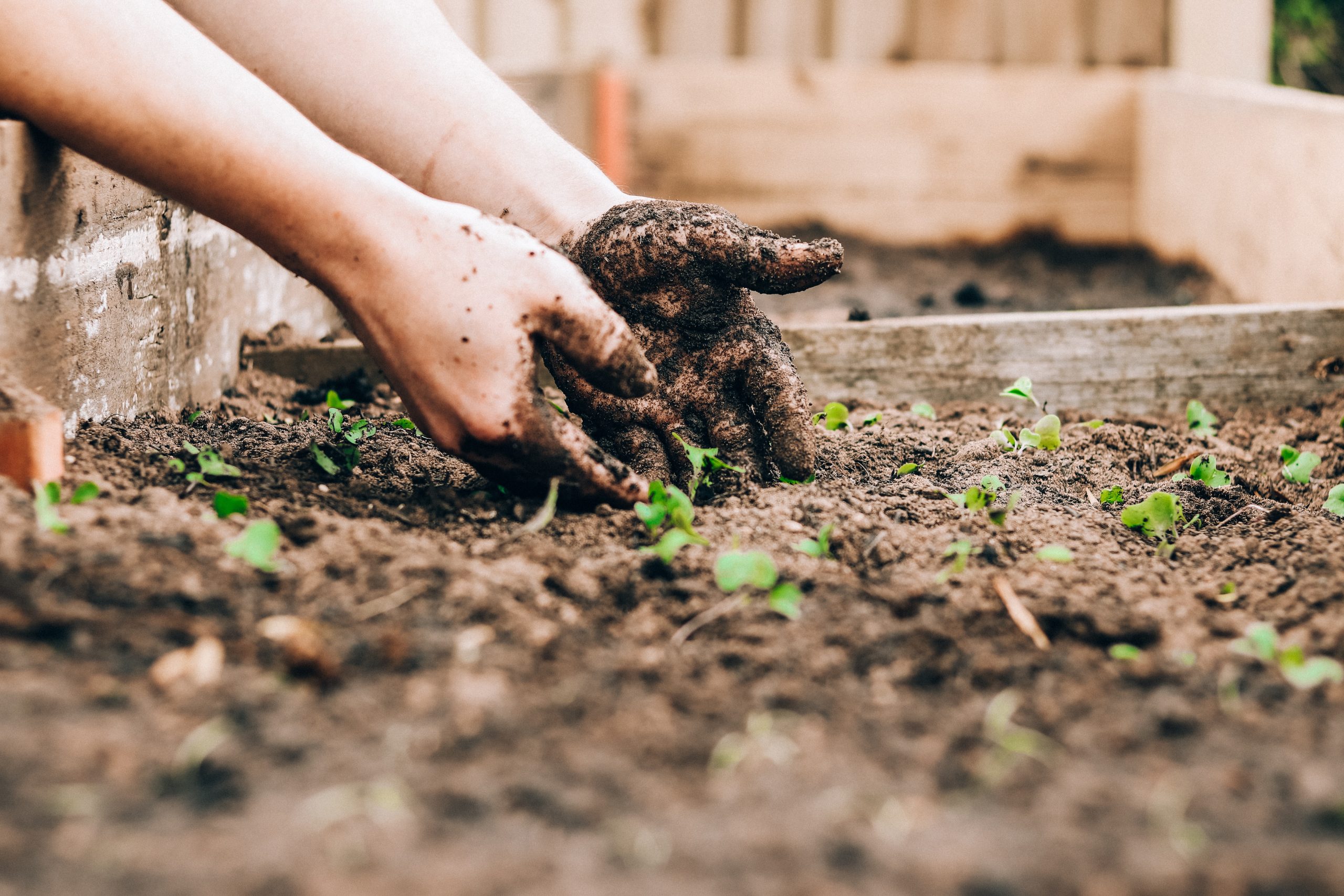What’s happening in the Natural History Museum gardens?
The Natural History Museum’s newly renovated, step-free and biologically diverse green space, dedicated to urban nature and proudly sponsored by Workman, will be opening in summer 2024.
As the major building works in the gardens progress, the Museum is now working on installing the plants, geology, objects and displays that will take its visitors on an extraordinary journey from the deep past to today.
A journey through time
As visitors weave their way through the Evolution Garden, brass inlays and tactiles will mark the passage of time. Going back 375 million years, we start to see the evolutionary journey that led to four-legged land animals.
This brass inlay (below) represents a Tiktaalik roseae, one of the earliest known fish to venture onto land. Strong front fins helped it move in water, and elbow-like joints allowed it to move between shallow pools as it searched for prey.
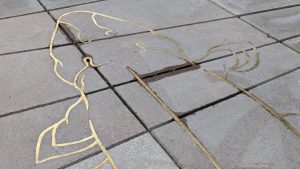
Brass footprints are set into a pavement made up of geology specific to each time period, sustainably sourced from UK quarries and landscapes.
Image: (below) a lion footprint and a horse hoofprint inlay, in the process of being installed.
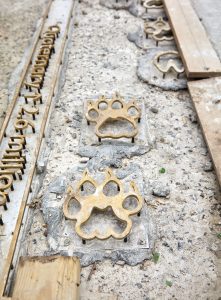
Around 2.6 million years ago the Earth entered a series of ice ages. Long periods of cold were interrupted by short periods of warmth. Large mammals such as mammoths, giant deer, cats and humans adapted to the cooler climates. The modern horse evolved from its head to its hooves and was able to thrive in grasslands. Multiple toes became a single hoof, which helped the animal to flee predators, like lions, quickly.
Human impact
The mid-point of the gardens represents present day in our evolution timeline. Humans populate every region on Earth, and we are changing the planet faster than any other species in Earth’s history. This has come at a cost to us, and to the other species with which we share this planet.
The footprints in this image (below) were cast from a group of young people who took part in a photography project in the gardens.
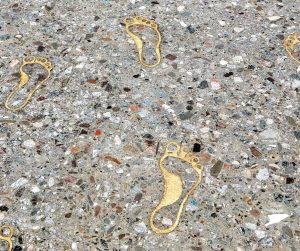
Planting in the Evolution Garden
Planting has begun in the gardens, starting with the largest of the tree ferns in the Evolution Garden including the Dicksonia antarctica tree ferns (pictured below).
Numbering around 185 in total, the tree ferns create a Coal Forest garden, which explores how plants and animals moved onto land during the Devonian and Carboniferous Periods. The landscape will gradually fill as the planting continues.
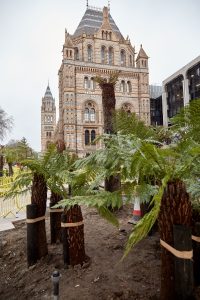

Image credit: The Trustees of the Natural History Museum, London

